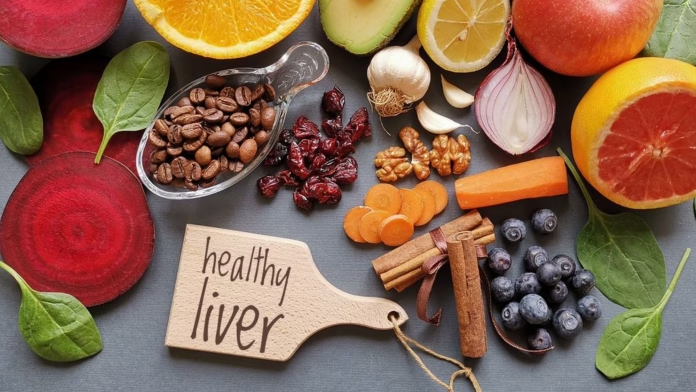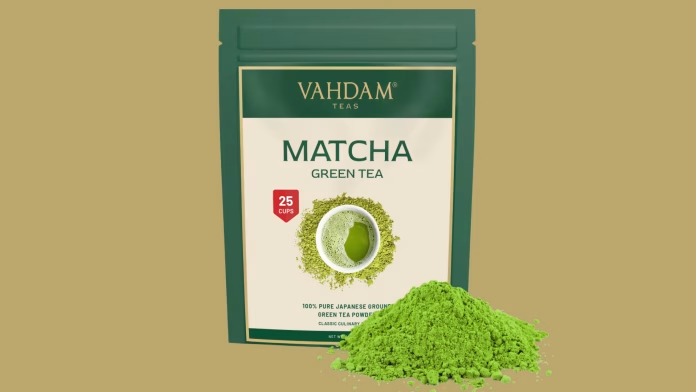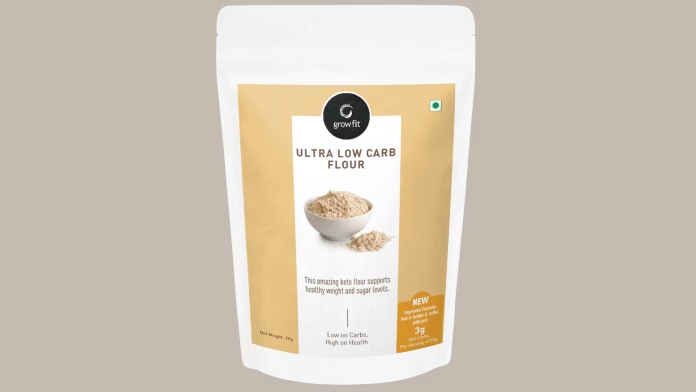The liver is one of the most important organs in our body. It is responsible for filtering toxins and waste products from the blood, producing bile for digestion, and storing important vitamins and minerals. Unfortunately, due to our modern diet and lifestyle, many people suffer from liver problems, which can lead to serious health issues. However, there are many foods that can help support liver health and prevent liver damage. In this article, we will discuss 10 of the best foods for liver health.
Why is liver health important?
The liver plays a vital role in our overall health and well-being. It helps to detoxify the body and remove harmful substances, such as alcohol, drugs, and environmental toxins. It also helps to regulate cholesterol levels, produce hormones, and store essential vitamins and minerals. However, if the liver is not functioning properly, it can lead to a variety of health problems, including liver disease, cirrhosis, and even liver cancer.
10 Foods That Are Super Healthy For Your Liver
1. Leafy greens:
Leafy greens such as spinach, kale, and collard greens are rich in vitamins, minerals, and antioxidants that can help protect the liver from damage. These greens contain chlorophyll, which helps remove toxins from the bloodstream and neutralizes harmful chemicals. They are also a great source of fiber, which can improve digestion and reduce the risk of developing fatty liver disease.
2. Cruciferous vegetables:
Cruciferous vegetables like broccoli, cauliflower, and Brussels sprouts contain compounds that help detoxify the liver and prevent damage. They are also high in fiber, which can help reduce inflammation and improve digestion. These veggies contain sulfur compounds, which help the liver produce enzymes that remove toxins from the body.
3. Fatty fish:
Fatty fish like salmon, mackerel, and sardines are an excellent source of omega-3 fatty acids, which can reduce inflammation and improve liver function. These fish are also high in protein, which is essential for repairing liver tissue. They are also rich in vitamin D, which can help prevent liver damage.
4. Nuts and seeds:
Nuts and seeds like almonds, walnuts, and chia seeds are rich in antioxidants and healthy fats that can improve liver function. They are also a good source of fiber, which can improve digestion and reduce inflammation. These foods also contain arginine, an amino acid that helps the liver remove toxins.
5. Berries:
Berries like blueberries, raspberries, and strawberries are packed with antioxidants that can protect the liver from damage. They also contain fiber, which can improve digestion and reduce inflammation. These fruits are also low in calories and high in nutrients, making them an excellent addition to any diet.
6. Garlic:
Garlic contains compounds that help stimulate liver enzymes, which can aid in detoxification. It also contains sulfur compounds, which help protect the liver from damage. Garlic can also help reduce inflammation and lower cholesterol levels, which can benefit liver health.
7. Turmeric:
Turmeric contains a powerful antioxidant called curcumin, which can help reduce inflammation and prevent liver damage. It also helps the liver produce enzymes that remove toxins from the body. Turmeric can be added to dishes as a spice or taken as a supplement.
8. Green tea:
Green tea is high in antioxidants called catechins, which can help protect the liver from damage. It can also improve liver function by reducing inflammation and oxidative stress. Green tea can be enjoyed as a hot or cold beverage or taken as a supplement.
9. Citrus fruits:
Citrus fruits like oranges, lemons, and grapefruits are high in vitamin C, which can help reduce inflammation and oxidative stress in the liver. They also contain antioxidants that can protect the liver from damage. These fruits are also low in calories and high in fiber, making them a healthy addition to any diet.
10. Olive oil:
Olive oil is rich in healthy fats and antioxidants that can benefit liver health. It contains a compound called oleuropein, which can help reduce liver inflammation and oxidative stress. Olive oil can be used as a cooking oil or drizzled over salads and vegetables.
Our liver plays a vital role in keeping our body healthy and functioning properly. The foods we consume can either help or harm our liver. Incorporating foods that are super healthy for our liver into our diets can promote liver health and prevent various liver diseases.









